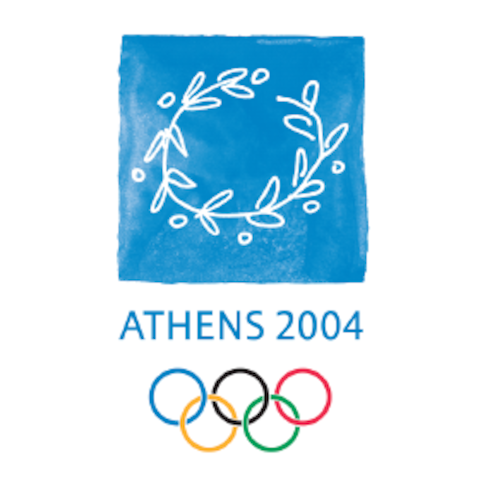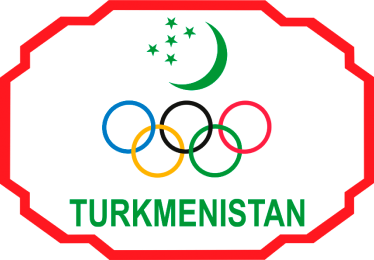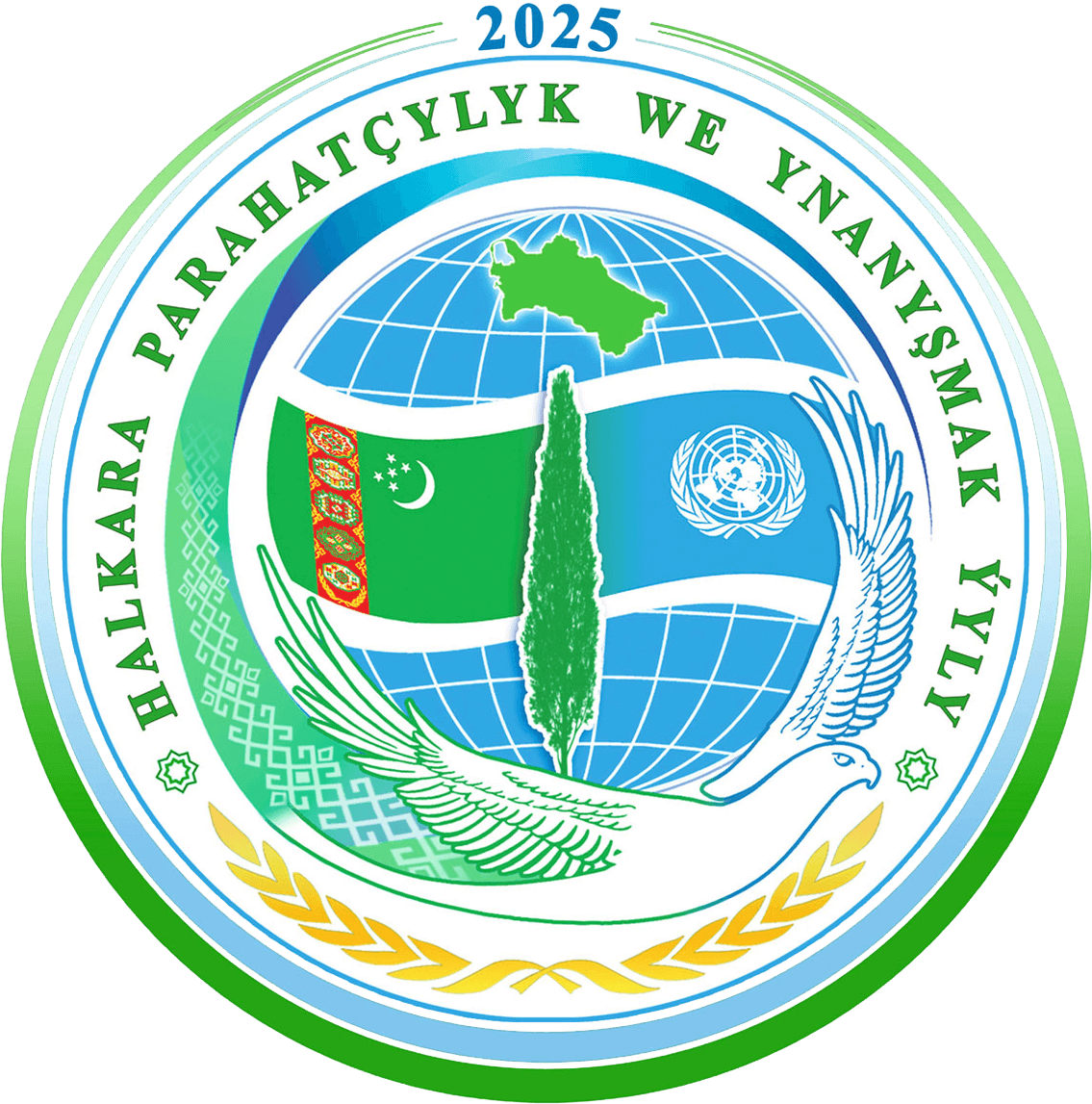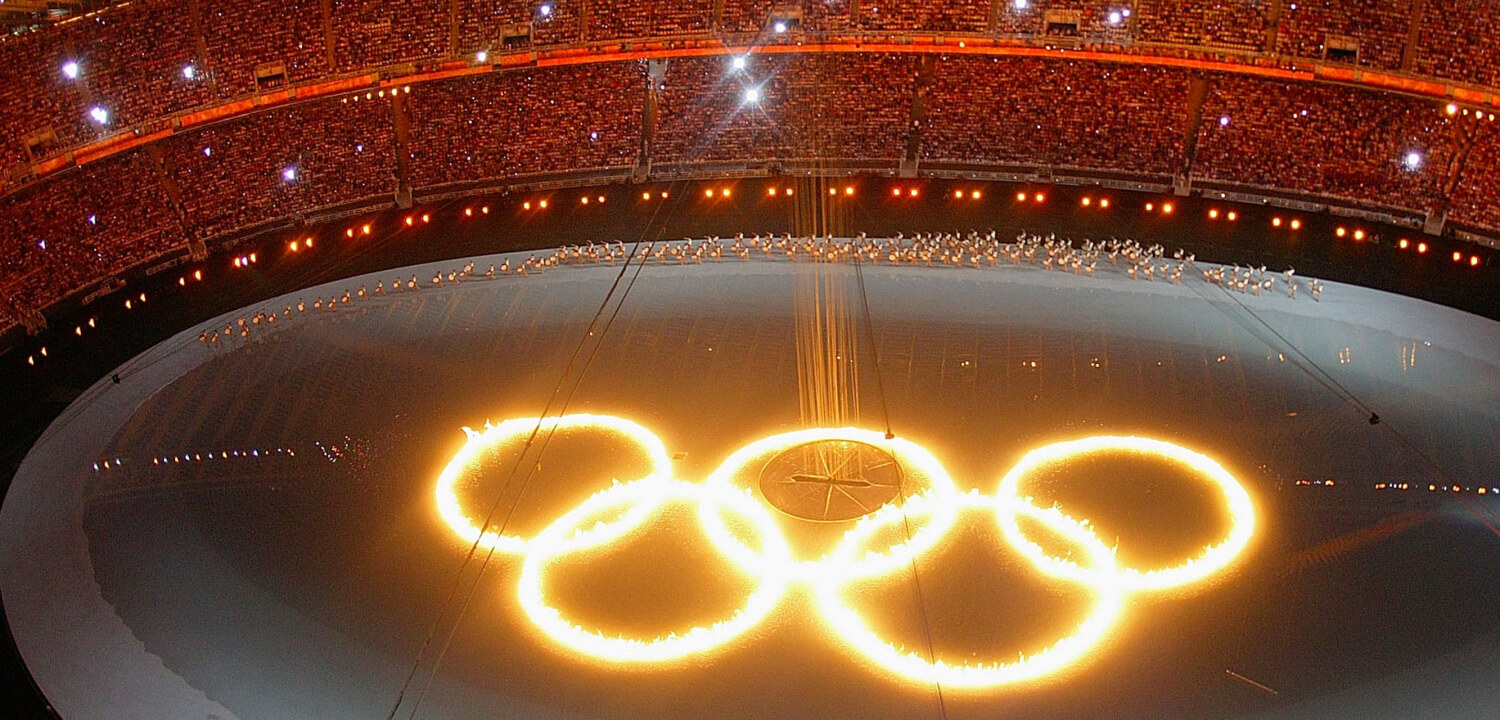Start date:
25 March 2004, Olympia (Greece)
End date:
13 August 2004, Olympic Stadium, Athens (Greece)
First torchbearer:
Kostas Gatsioudis, Olympic participant in athletics (1996, 2000)
Last torchbearer:
Nikolaos Kaklamanakis, Olympic participant in sailing (1992, 1996, 2000, 2004, 2008), gold medallist in Atlanta 1996 and silver medallist in Athens in 2004.
Number of torchbearers:
~7,700 in Greece, ~3,600 for the international relay
Recruitment of torchbearers:
The selection criteria for the torchbearers was based on choosing people who played an important role in their communities through sport, education and culture, who inspired others and who embodied the values of the Olympic Games and the ideals of the Olympic Movement.
Distance:
6,600 km in Greece of which 2,500 km was on foot, 2,800 km by convoy and 1,300 km by helicopter. 78,000 km by land, sea and air for the international relay.
Countries visited:
Greece, Australia, Japan, Republic of Korea, People’s Republic of China, India, Egypt, South Africa, Brazil, Mexico, United States, Canada, Belgium, Netherlands, Switzerland, France, United Kingdom, Spain, Italy, Germany, Sweden, Finland, Russia, Ukraine, Turkey, Bulgaria, Cyprus.

yside.







